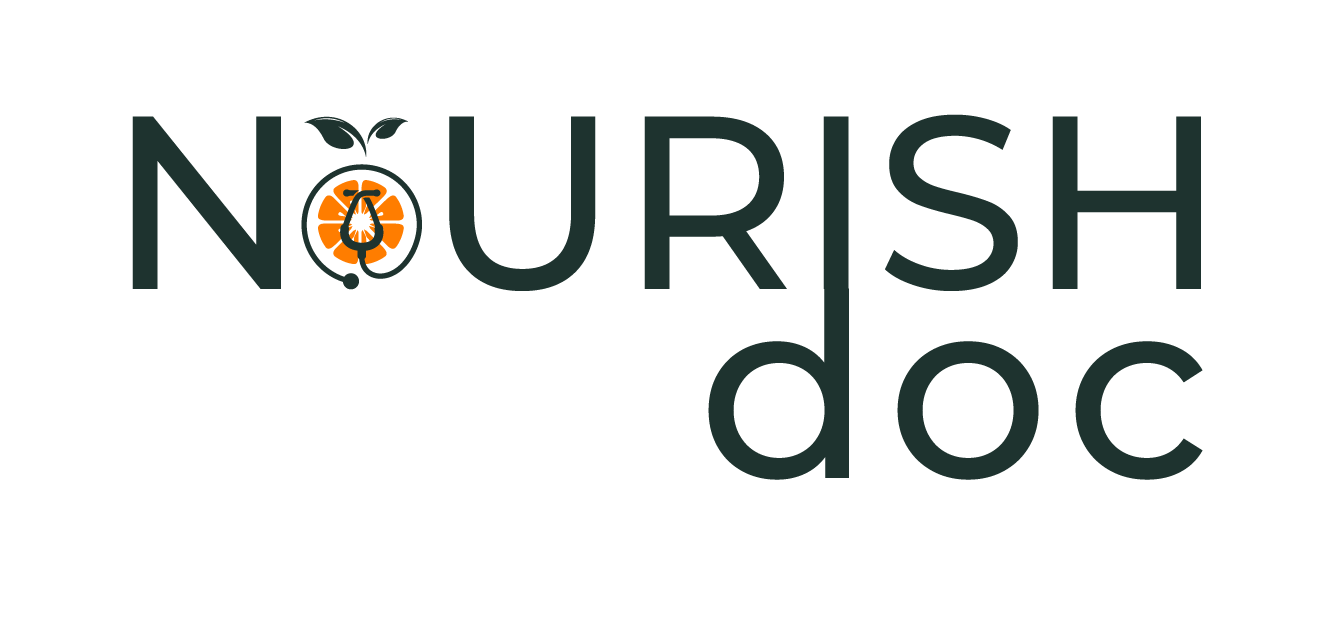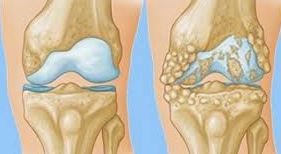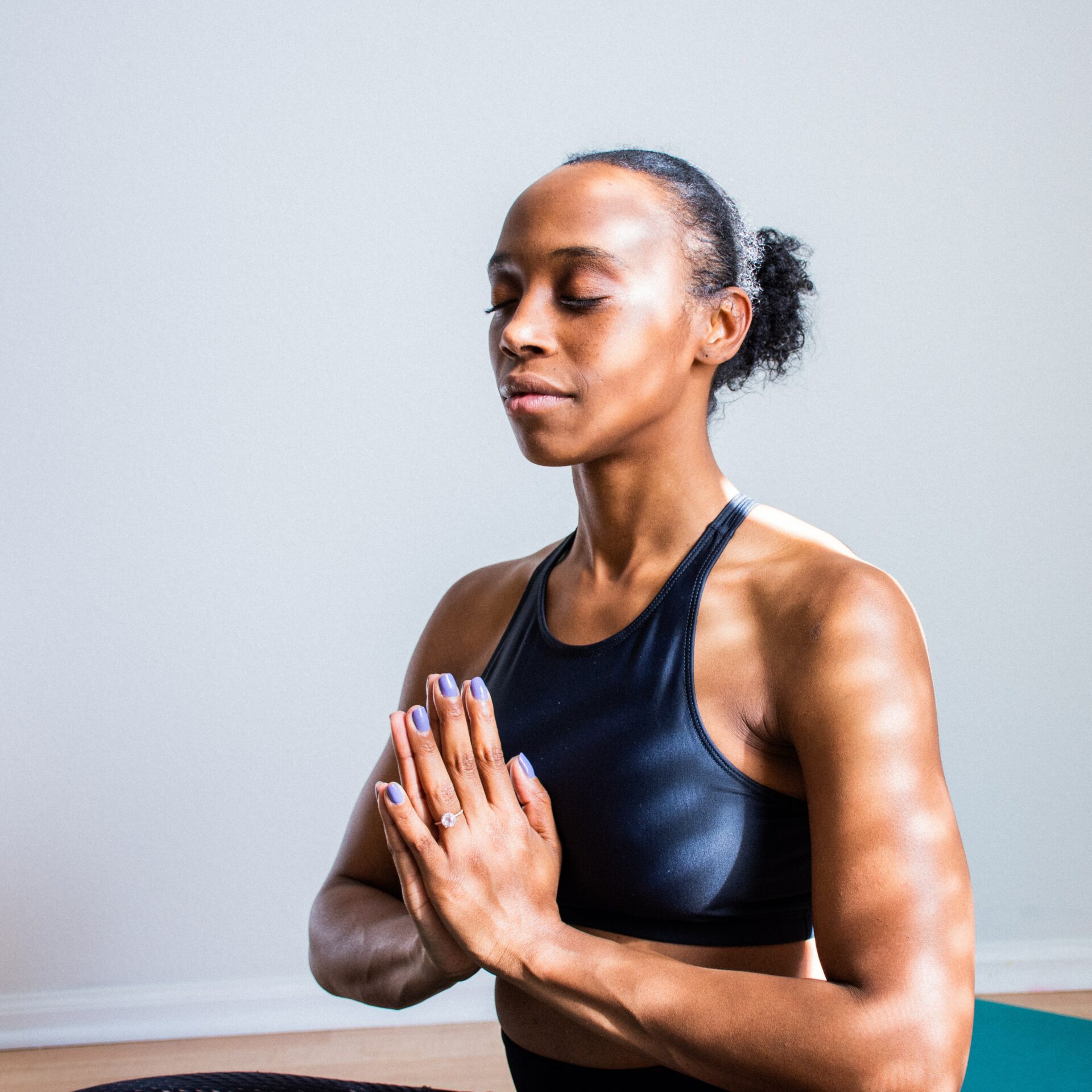What is osteoarthritis?
Osteoarthritis is the most common form of arthritis, affecting millions of people globally. It occurs when the protective cartilage that cushions the ends of your bones wears down over time. This condition may affect any joint in the body, even though it is most commonly experienced in those which regularly carry weight. Hips, shoulders, knees, and elbows are best known to be affected, and the condition will typically result in stiffness, pain and general discomfort which will likely worsen over time. Sometimes this is accompanied by swelling or inflammation, cracking sounds, and acute tenderness.
What are osteoarthritis symptoms?
Osteoarthritis symptoms can usually be handled, though the damage to joints can not be reversed. Staying active, maintaining a healthy weight and a few remedies might slow progression of this disease and aid in improving pain and joint work.
People of all ages can experience Osteoarthritis but those in their middle and later years are more likely to develop the condition because of easy wear and tear. Symptoms vary between individuals and severity can vary from mild discomfort to severe incapacitation.
Osteoarthritis symptoms often develop slowly and worsen over time. Signs and symptoms of osteoarthritis include:
· Pain. Affected joints may hurt during or after movement.
· Stiffness. Joint stiffness could be noticeable upon awakening or after being inactive.
· Tenderness. Your joint may feel tender when you apply light pressure to or close it.
· Reduction of flexibility. You may be unable to move your joint through its entire range of motion.
· Grating sensation. You may feel that a grating sensation when you use the joint, and you may hear popping or crackling.
· Bone spurs. These additional pieces of bone, which feel like hard lumps, can form around the joint.
· Swelling. This may result from soft tissue inflammation around the joint.
If you have joint pain or stiffness that does not go away, make an appointment with your physician.
What causes osteoarthritis?
Osteoarthritis occurs when the cartilage that cushions the ends of bones in your joints slowly deteriorates. Cartilage is a firm, slippery tissue that enables nearly frictionless joint movement. Finally, if the cartilage wears down completely, bone tends to rub on bone.
Osteoarthritis has frequently been referred to as a”wear and tear” disease. But apart from the breakdown of cartilage, osteoarthritis affects the whole joint. It causes changes in the bone and deterioration of the connective tissues that hold the joint together and attach muscle to bone. Additionally, it causes inflammation of the joint lining.
Despite this being the most common form of Arthritis surprisingly little is still known for precisely what causes osteoarthritis in some people while others stay fortunately unaffected. A frequent misconception is that the problem is more likely to arise among those who have routinely put themselves under considerable physical strain for several years (manual labour, intensive workouts, etc), but it may be just as common among sedentary men and women. Although osteoarthritis can harm any joint, the disease most commonly affects joints on your hands, knees, hips and spine. One positive to take from the high number of cases diagnosed every year is that we can identify some statistical trends that indicate people may be more or less likely to develop atherosclerosis:
· Family history — there’s evidence of a pattern here but it’s not universal and no single gene has yet been identified for causing the condition to emerge.
· Insufficient recovery — osteoarthritis is more likely to grow when joint injuries haven’t been permitted long enough to satisfactorily cure.
· Age — people are increasingly likely to experience symptoms as they grow old.
· Obesity — unnecessary weight puts far greater strain on hips, knees and spine joints.
· Bone deformity — people born with unusually shaped bones are statistically more prone to this illness.
· Secondary conditions — it may develop from other conditions that have damaged the joints like gout and rheumatoid arthritis.
Risk factors
According to Mayo Clinic, factors that can increase your risk of osteoarthritis include:
· Older age. The risk of osteoarthritis increases with age.
· Sex. Girls are more likely to develop osteoarthritis, even though it isn’t clear why.
· Obesity. Carrying extra body fat leads to osteoarthritis in a lot of ways, and the more you weigh, the higher your risk. Higher weight adds pressure to weight-bearing joints, including your hips and knees. Additionally, fat tissue produces proteins that may lead to harmful inflammation in and around your joints.
· Joint injuries. Injuries, like those that occur when playing sports or by an accident, can increase the risk of osteoarthritis. Even injuries that happened many years back and apparently healed can increase your risk of osteoarthritis.
· Repeated pressure on the joint. If your occupation or a game you play puts repetitive stress on a joint, that joint may eventually develop osteoarthritis.
· Genetics. Some folks inherit a tendency to develop osteoarthritis.
· Bone deformities. Some individuals are born with malformed joints or defective cartilage.
· Certain metabolic disorders. These include diabetes and a condition where your body has a lot of iron (hemochromatosis).
Diagnosing Osteoarthritis
Some medical doctors are likely to assume some type of arthritic issue with anyone experiencing joint pains from their 40’s onwards. This is particularly true once the individual matches any of the profiles listed above and reports that the pain has been growing worse despite easy exercises being done.
Among the key reasons why people approach a medical physician or physical therapist is since they’re experiencing quite stiff joints in the morning which are taking a much longer while to loosen up. In cases like this, the physician will then start the process of ruling out other possible explanations and look to differentiate whether it’s either osteoarthritis or rheumatoid. The latter form will exhibit a lot more general stiffness and may be verified using blood tests and X-rays.
Another common red-flag for gout tends to be unusual growths and enlargements from the palms. These can be quite small and may or might not be painful.
Treatment options for osteoarthritis
There are many possible ways to treat this condition and patients are usually advised to adopt numerous approaches towards managing the pain, reducing the rate of spread, and dealing with possible mobility issues. Even though it can be daunting as soon as you’ve been diagnosed with osteoarthritis, it’s crucial to maintain a positive mindset and think about the fact that millions of individuals continue to live quite comfortably with the illness. Treatment programs tend to increase in scale based on the severity of the issue.
If the osteoarthritis is detected early and is only causing mild discomfort then it may be surprisingly easy to control. The focus should be on preventing the illness growing worse by eating a healthy diet (and likely losing weight), performing top quality and regular exercise — frequently incorporating aspects of physiotherapy directed towards the affected joint(s), and studying how support equipment might be beneficial. Something as straightforward as wearing supportive bottoms helps people afflicted by osteoarthritis in their knees and hips. Additionally, there are a vast array of supportive garments — similar to those used by athletes — that may be extremely useful across the entire body.
If the osteoarthritis is found be in a more advanced stage, most individuals will turn towards pain killing drugs, we advise to find a medical professional prior to taking medication. Painkilling drugs aren’t necessary because it’s far better to take part in certain physiotherapy treatments. Expect these to be highly structured and targeted precisely to your unique needs, and understand that many of these can be demonstrated that you perform yourself at home.
At any stage of the treatment, it is sensible to look into how hot/cold packs will help keep your muscles flexible and decrease pain. A health professional will demonstrate simple stretching techniques and supply guidance on the best way best to learn and maintain a better position. Both will help to decrease the severity and duration of the pain.
Natural Osteoarthritis Treatments and Therapies
Diet Therapy
Food intolerance may be a contributing element in OA, although that is more important in rheumatoid arthritis. Dietary suggestions which may be helpful for those who have OA include highlighting highfiber, complexcarbohydrate foods, while reducing fats. Plants in the Solanaceae family, like tomatoes, peppers, eggplant, and potatoes, should be avoided, as if refined and processed foods. Citrus fruits should also be avoided, since they may promote swelling. Foods which are high in bioflavonoids (berries in addition to orange, red, and purple fruits and vegetables) should be consumed often. Black cherry juice (2 glasses twice daily ) has been shown to be especially effective for partial pain relief.
Nutritional supplements
In the past several decades, a combination of glucosamine and chondroitin sulfate has been suggested as a dietary supplement that helps the body maintain and repair cartilage. Studies conducted in Europe have demonstrated the efficacy of the treatment but effects might not be evident until a month after beginning this therapy. These substances are nontoxic and don’t require prescriptions. Other supplements that may help in the treatment of OA include the antioxidant vitamins and minerals (vitamins A, C, E, selenium, and zinc) and the B vitamins, particularly vitamins B6 and B5.
Naturopathy
Naturopathic treatment for OA includes hydrotherapy, diathermy (deepheat treatment ), nutritional supplements, and botanical preparations, including yucca, devil’s claw (Harpagophytum procumbens), and hawthorn (Crataegus laevigata) berries.
Electromagnetic field therapy
This therapy is thought to increase blood circulation and oxygen exchange to enhance the body’s natural healing processes. This treatment isn’t recommended for use over an open wound or in combination with transdermal drug delivery patches, or by people who are pregnant or have insulin pumps or pacemakers. Magnets may be worn inside a shoe insole, anklet, bracelet, or back support.
Acupuncture
This technique involves inserting ultra-fine needles at specific points on the skin. Most people report a tingling sensation, feeling relaxed or even energized. Some people have found acupuncture helpful for their osteoarthritis pain, and the NIH has found it useful as a treatment for low back pain and many other conditions including osteoarthritis.
Acupuncture is considered a safe medical treatment. For this reason, many physicians and practitioners believe that acupuncture is a beneficial treatment as an adjunct to other medical treatments, and/or as an alternative to medical treatments. In certain situations, acupuncture may be used in combination with conventional painkillers, or to replace them all together.
Traditional Chinese medicine
Practitioners of Traditional Chinese medicine treat arthritis with suction cups, massage, moxibustion (warming a place of skin by burning a herbal wick a small distance above the skin), the use of herbal poultices, and internal doses of Chinese herbal formulas.
Daily acupressure may also offer relief for stiff, achy joints. Massage of the achy joints using a blend of aromatic oils, particularly rosemary and chamomile is beneficial. Periods of imagery are another proposed remedy –for 1020 minutes twice per day –in which the joint pain is envisioned as transformed into a liquid which emanates out of the body into the nearest body of water and eventually to the sea waves.
Patients with OA are encouraged to exercise as a means of maintaining joint cartilage lubricated. Exercises that increase balance, flexibility, and range of motion are recommended for OA patients. These may include walking, swimming and other water exercises, yoga and other stretching exercises, or crunches.
Chiropractic / Manipulation
For chronic symptoms or to provide relief from severe episodes of pain from osteoarthritis in the neck or lower back, manipulation (such as chiropractic or osteopathic manipulation) may be recommended.
The philosophy for manipulations is that joint dysfunction in the spine can produce pain, and mobilizing the spine joints through manipulations (also called adjustments) can decrease that pain.
Since osteoarthritis is a joint dysfunction, it may respond well to mobilization. Manipulation is most often performed by a chiropractor, doctor of osteopathic medicine or a properly trained and licensed physical therapist. A less forceful kind of manipulation, called traction, may also be used, e.g., gravity traction using adjusting blocks.
Patient education and psychotherapy
Patient education is an important part of OA therapy due to the highly individual nature of the disease and its possible impacts on the individual’s life. Patients who are depressed due to changes in employment or diversion usually benefit from counselling. The patient’s family should be involved in discussions of dealing, family reorganization, and other elements of the patient’s disease and therapy regimen.
Massage Therapy
Therapeutic massage can help reduce osteoarthritis pain and improve circulation. It can also be helpful in reducing stress and muscle tension. However, but it is important to find a professional who is specifically trained in treating people with arthritis.
Relaxation
Relaxation and stress management techniques can help a patient learn how to reduce muscle tension thereby reducing pain, and there are other cognitive and behavioral techniques that also teach the patient how to control their own pain.
Examples of proven techniques that help to manage stress and relaxation include controlled breathing, meditation, biofeedback, and self hypnosis, massage, moist hot packs, or soaking in a hot tub.
Transcutaneous Electrical Nerve Stimulation (TENS)
This type of therapy uses small amounts of electricity to reduce sensitivity of nerves around the spine. The treatment has few side effects and is non-invasive; however not all patients receive pain relief. Typically, a physical therapist or a physiatrist will prescribe TENS units and instruct that patient on the proper use.
Support Devices
There is a range of supportive devices that may be prescribed to provide additional support for the back and to help reduce arthritis pain by limiting motion in the back and taking some pressure off the vertebrae. Spinal bracing may involve a neck collar or lumbar corset.
Other assistive devices may include canes or walkers to help the patient move around easier and with less pain. Physical therapists can recommend appropriate support devices. An occupational therapist may be consulted to identify additional devices that may help patients to better function at home and/or at work. Prolonged use of these support devices will cause additional muscle weakness, so patients should use these only as directed by a medical professional.
Maintaining an Appropriate Weight
Patients with osteoarthritis of the spine who are overweight or obese will benefit from losing excess weight. When appropriate, weight loss can greatly reduce stress on weight-bearing joints and limit further joint injury.
Weight control during middle age years can also help prevent the onset of osteoarthritis in later years. A healthy diet and regular exercise are needed to help reduce weight. A dietitian can help patients develop a healthy eating program that will help them lose excess weight and maintain the appropriate weight and mix of nutrients needed over the long term. Active exercise, which burns more calories, also assists with weight loss.
Adopting a Healthy Lifestyle
One of the most important things a patient can do is take care of oneself and adopt overall healthy lifestyle habits. Examples of specific healthy lifestyle habits include: getting proper amounts of rest, limiting alcohol and caffeine, not smoking, managing stress, and using good body mechanics for everyday activities (such as carrying a backpack instead of a purse and lifting with the legs instead of the back).
It is advisable to consult a doctor about lifestyle habits and recommendations and about programs designed to develop and reinforce these good habits.
Live fully with osteoarthritis
You Can Live Entirely With Osteoarthritis
The key to being able to live well with this Condition would be to follow the directions issued by your physician. Each instance of osteoarthritis is very likely to have its own peculiarities and your health care provider and support staff will explain this in detail. Tons of individuals find that some days are much superior than others and that appropriate stretching and exercise aids. Taking too much medication can be counterproductive and should be avoided; not only will medicine be bad for your overall health but even make the pain worse in certain circumstances.
It’s never too late to make changes to your Lifestyle that won’t only improve general wellbeing but make certain treatments more effective. Losing weight and being busy (while exercising affected joints) is highly suggested for the huge majority of people. Physiotherapy, acupuncture, aromatherapy, acupuncture, CBT, yoga and a slew of other supportive/complementary treatments will help alleviate and manage the pain. Do not eliminate the prospect of joining one of the many hundreds of osteoarthritis support networks across the nation for further information specific to your location.
While the exact causes of osteoarthritis may still not be precisely understood the simple fact remains it is a very common ailment. Unfortunately, if left without sufficient care and attention it may be one of these conditions that quickly becomes quite unpleasant. Thousands of people each year find themselves not able to work or care for themselves because they ignored their symptoms for a long time. Just taking medical advice and making a couple of positive lifestyle changes can substantially decrease the effect that osteoarthritis might have over disrupting your life.
Summary
Anyone who has been diagnosed with this condition should search for appropriate ways that extra physical therapies can complement the conventional medical treatments. Not only will they frequently provide immediate relief from painful episodes but they could considerably reduce the frequency and severity of inflammation and pain.







